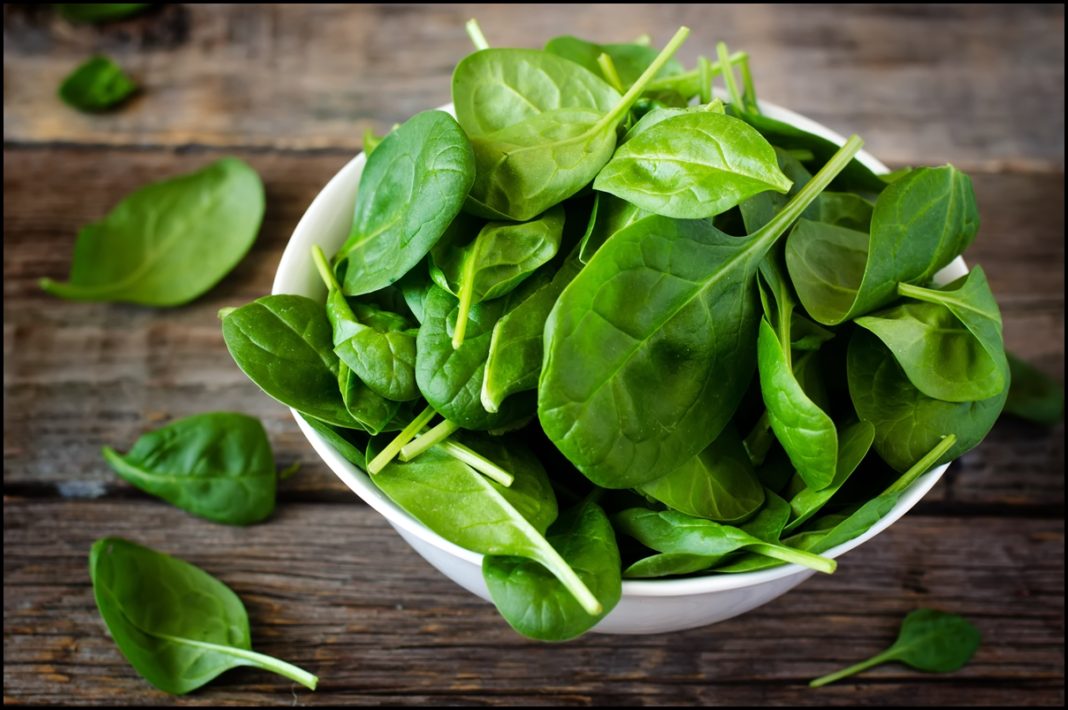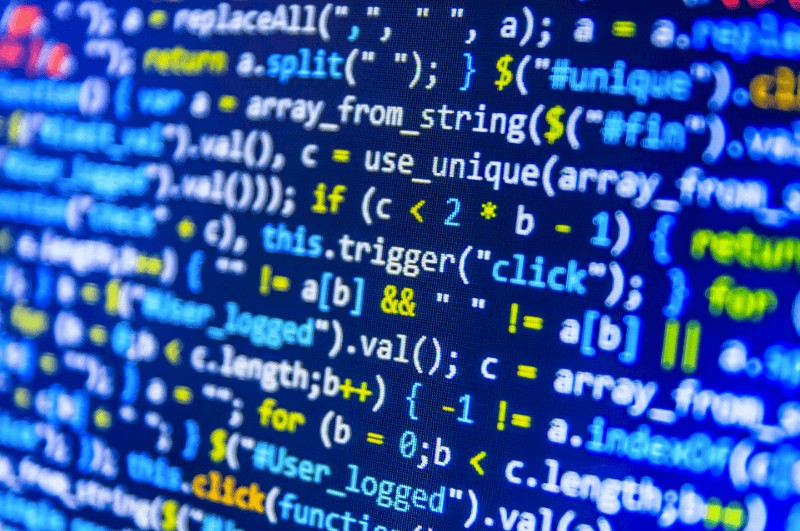Earlier this year researchers from the Technion-Israel Institute of Technology made a breakthrough in the form of renewable energy production through the use of a bio-photo-electro-chemical (BPEC) cell that uses sunlight to produce electricity and hydrogen from water. The photocatalytic activity of thylakoid membranes leads to water splitting in a BPEC cell. Those found in spinach were used to come up with an effective solution for converting solar power into usable hydrogen fuel. This new combination of human-made BPEC cells and plant membranes will spark more developments in the creation of clean energy from a renewable source.
It’s a problem that many people have been trying to solve for a while now – how to achieve the best, most efficient, form of renewable, sustainable every, and this may just be the way forward. Artificial photosynthesis and solar fuel projects are on the rise as more people begin to realize the potential in them. Traditional bioprocesses can be categorized into three different areas – dark fermentation, photo-fermentation, and biophotolysis7. But, the necessity to impose strict regulations and restrictions on the bioreactor’s operating conditions makes it difficult to commercialize the process.
Using BPEC cells in biofuel production is a big leap forward from the traditional methods that have been used up until now. This process utilizes the plants leaves and is not dependent upon any particular species. Hopefully, this technique will be honed and will be used all across the globe as more companies and individuals recognize its potential for being a great source of renewable energy.
More News To Read
- This Study Might Be The Answer of Treating Short-Term Memory Problems or Diseases Like…
- Architects in Singapore Create Stunning Eco-Friendly Tropical Tower
- Why Do People React Differently to the Same Drug?
- Can Machine Learning Be Used to Solve Social Problems?
- The Starbucks App Just Got Even Cooler With Artificial Intelligent











